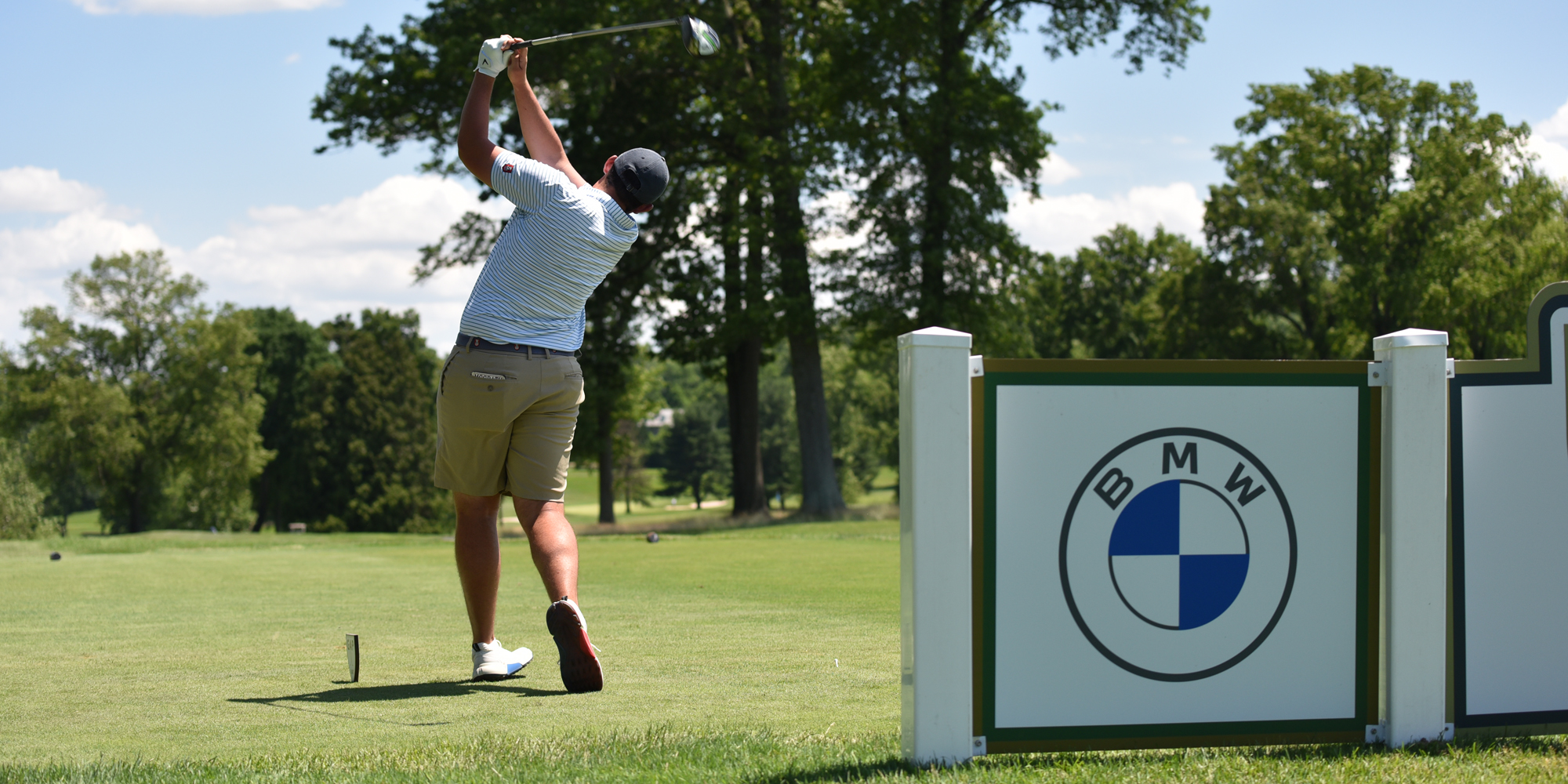GAP Fitness Q&A with Kevin NeeldHave a fitness-related question? Send it to Tony Regina, GAP Assistant Director of Communications.
I keep hearing about Crossfit. What is it, and can it help when it comes to golf? That said, Crossfit has been heavily criticized by some of the leading fitness and sports performance experts in the world for its lack of applying appropriate training principles — or maybe more appropriately, for applying/recommending an advanced training system to individuals that don’t have the skill or physical capacity to warrant it. In their words: “We’ve used our same routines for elderly individuals with heart disease and cage fighters one month out from televised bouts." The idea that a single workout is appropriate for everyone, regardless of training status, injury history, age, and performance goals, is ludicrous. Coupled with the fact that the workouts often involve extremely complex lifts that take years of consistent practice to truly master, it’s easy to understand why so many “Crossfitters” are constantly hurt. In fact, I know a few physical therapists, chiropractors, and other manual therapists that love Crossfit because it keeps their office busy. To get to the root of your question, Crossfit may be able to help your golf game, but it’s unlikely that it’s the optimal solution for you. Find a personal trainer/strength & conditioning coach that has a strong background in functional assessment, individualized program design, and teaching proper exercise technique. Talk to them about what’s limiting your golf game.
With 10 minutes before my tee time, what are the key stretching exercises I can do to provide the greatest benefit? If you lose power generation because of a barrier to movement through your hips, your body will seek a way to compensate further up the chain. This can result in excessive stress placed across the shoulders, elbows, and wrists, as movement in these joints is attempting to generate extra power, when the focus should be more on transferring power. In either case, doing a few mobility exercises before you hit the course will help improve your range of motion and efficiency of movement through this range. Check out the videos below (1-3 are hip mobility exercises, 4&5 are thoracic mobility exercises, and 6&7 are integration exercises) for a few examples: 1. Lying Knee to Knee Mobilization
2. 2-Way Diagonal Hip Rock
3. Supported Hip Airplane/1-Leg Stiff-Legged Deadlift Rotations
4. ½ Kneeling Thoracic Rotation
5. Side-Lying Diagonal Arm Arc
6. Squat-to-Stand w/ 1-Arm Reach
7. Wide-Stance Windmill
What’s the best food to stash in my golf bag before I play? I need something that jives with my bottle of Gatorade. This may come as a surprise, but I don’t necessarily think Gatorade is the most appropriate choice for golfers (or most athletes for that matter). The carbohydrate source in most traditional sports drinks causes a quick burst in blood sugar, which is relatively short-lived. There is a new sports drink company called Generation UCAN that uses a revolutionary carbohydrate source that they call SuperStarch. This science can get a bit heavy, but the bottom line is it provides a less drastic but more prolonged energy supply and allows the body to use internal fat stores as a more significant fuel source than traditional sports drinks. They’re priced comparably, and UCAN’s SuperStarch seems like a healthier and more performance-enhancing alternative to traditional drinks. It might be worth giving them a try.
I had a significant shoulder injury a few years ago and still don’t feel like I have a full range of motion when I swing. What can I do to address this? As a quick illustration, when most people refer to the shoulder, they’re referring to the glenohumeral joint (the upper arm bone moving in the cavity on the outside of the shoulder blade). It’s important to remember that the shoulder blade sits on the rib cage, which attaches to the thoracic spine (upper back). An inability to achieve a full or smooth backswing can result from excessive stiffness or range of motion limitations through the thoracic spine, which affects the position of the rib cage, which changes the position of the shoulder blade, which limits shoulder (glenohumeral) range of motion. While I think these cases often require a very individualized approach, in general I think most golfers that lack shoulder range of motion would benefit from going to see a manual therapist that does ART (ActiveRelease.com) and from performing some integrated thoracic mobility exercises, such as those demonstrated in the videos above, as well as the first three exercises demonstrated in the progression video below. Thoracic Mobility to Stability Integration Progression
Kevin Neeld is the President, COO and Director of Athletic Development of Endeavor Sports Performance in Pitman, N.J. Through the application of training and injury prevention techniques, Neeld specializes in guiding athletes to optimal health and performance. For more information on training with Neeld, click here.
|
About
Founded in 1897, GAP continues to champion golf for the benefit of the game in its region and beyond.
About HomeA Walk Through Time
GAP is the oldest state or regional golf association in the country. It started courtesy of a friendly competition – the Team Matches – and has grown into the preeminent golf association in the country. Along the way, golf history has been made.



